Microsoft Says It's Time to Replace Your Old Windows 10 PC


AMD's CES announcements include a tease about next-gen graphics cards, a new flagship desktop CPU, and a modest refresh of its processors for handheld gaming PCs. But the company's largest announcement, by volume, is about laptop processors.
Today the company is expanding the Ryzen AI 300 lineup with a batch of updated high-end chips with up to 16 CPU cores and some midrange options for cheaper Copilot+ PCs. AMD has repackaged some of its high-end desktop chips for gaming laptops, including the first Ryzen laptop CPU with 3D V-Cache enabled. And there's also a new-in-name-only Ryzen 200 series, another repackaging of familiar silicon to address lower-budget laptops.
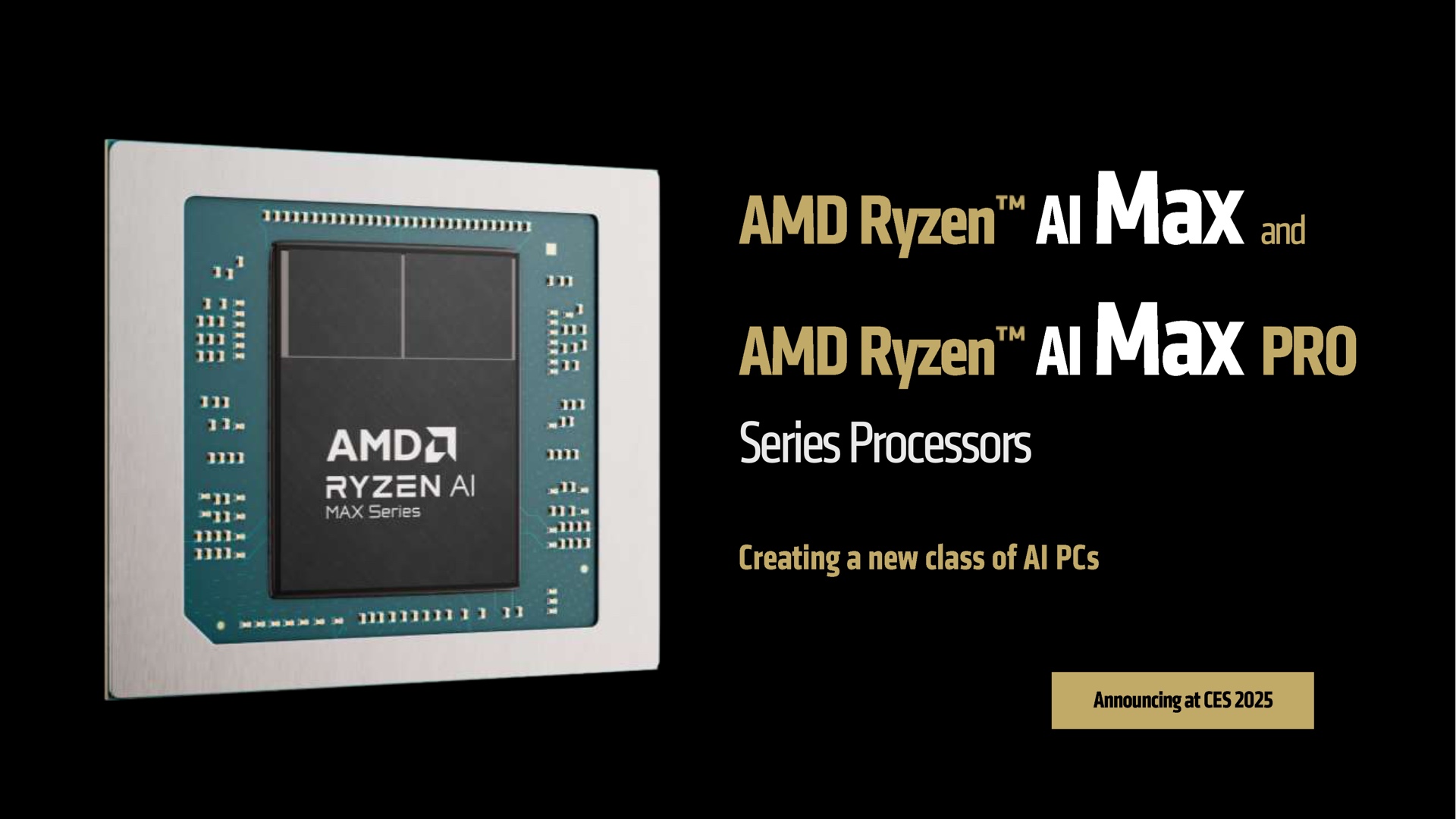 Ryzen AI is back, with Max and Max+ versions that include huge integrated GPUs.
Credit:
AMD
Ryzen AI is back, with Max and Max+ versions that include huge integrated GPUs.
Credit:
AMD
We came away largely impressed by the initial Ryzen AI 300 processors in August 2024, and new processors being announced today expand the lineup upward and downward.
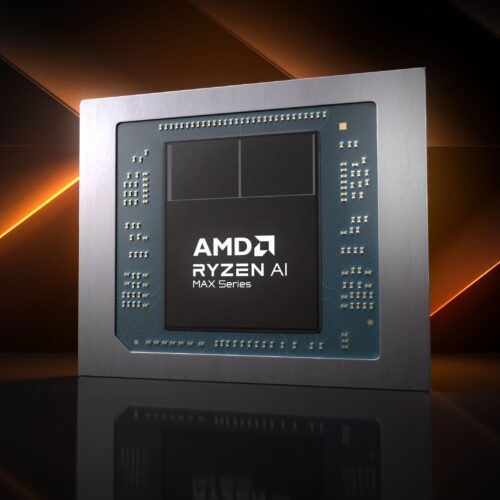
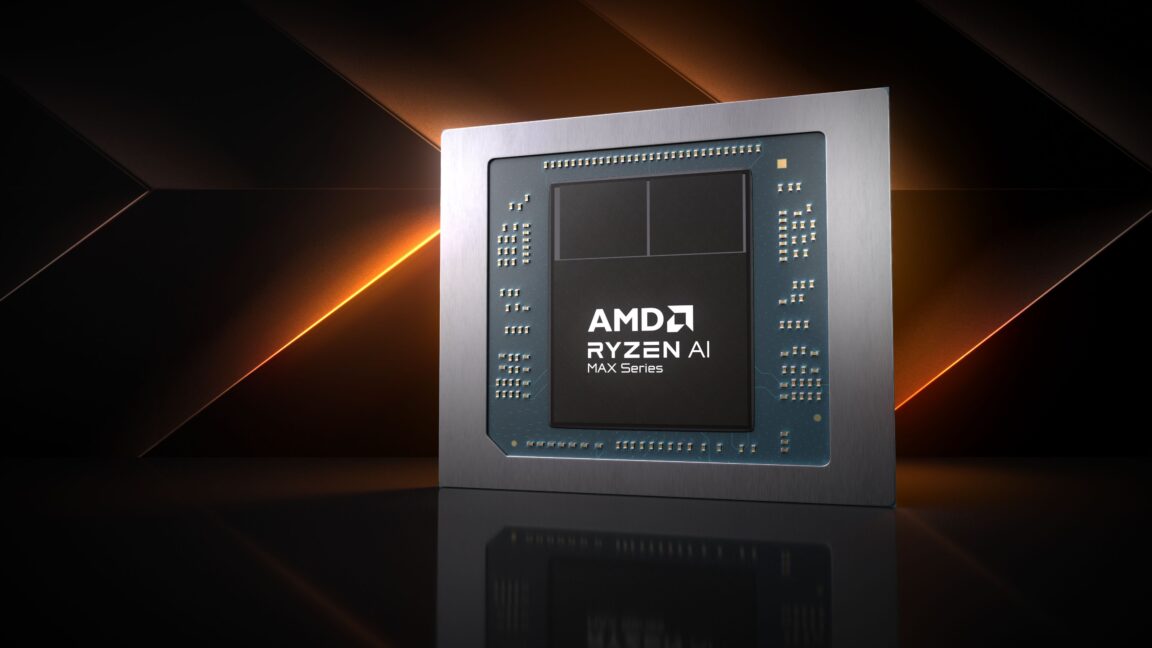
© AMD
AMD's batch of CES announcements this year includes just two new products for desktop PC users: the new Ryzen 9 9950X3D and 9900X3D. Both will be available at some point in the first quarter of 2025.
Both processors include additional CPU cores compared to the 9800X3D that launched in November. The 9900X3D includes 12 Zen 5 CPU cores with a maximum clock speed of 5.5 GHz, and the 9950X3D includes 16 cores with a maximum clock speed of 5.7 GHz. Both include 64MB of extra L3 cache compared to the regular 9900X and 9950X, for a total cache of 144MB and 140MB, respectively; games in particular tend to benefit disproportionately from this extra cache memory.
But the 9950X3D and 9900X3D aren't being targeted at people who build PCs primarily to game—the company says their game performance is usually within 1 percent of the 9800X3D. These processors are for people who want peak game performance when they're playing something but also need lots of CPU cores for chewing on CPU-heavy workloads during the workday.
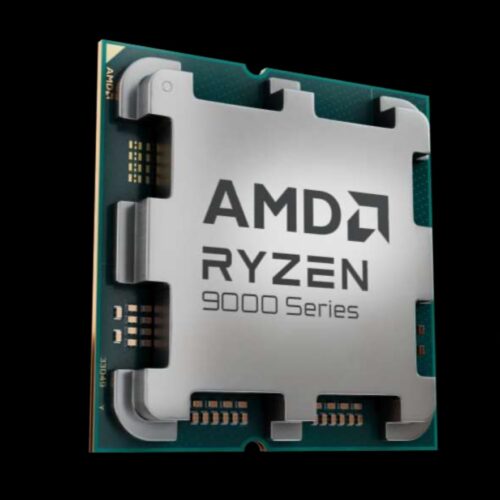
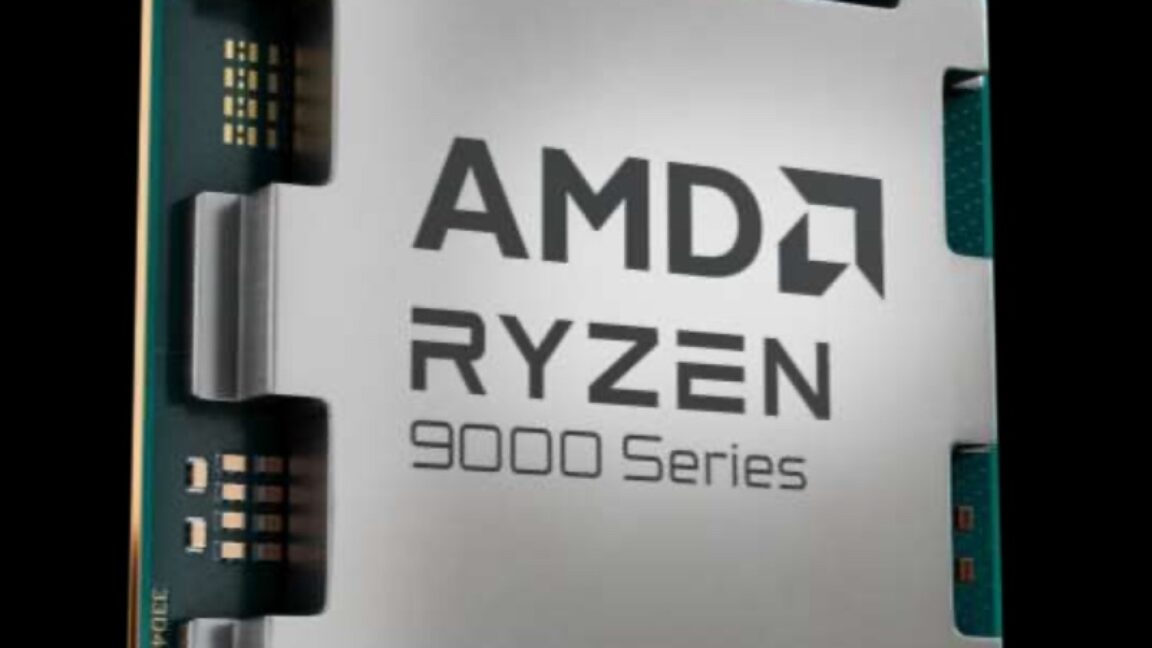
© AMD
Nearly two years ago, AMD announced its first Ryzen Z1 processors. These were essentially the same silicon that AMD was putting in high-end thin-and-light laptops but tuned specifically for handheld gaming PCs like the Steam Deck and Asus ROG Ally X. As part of its CES announcements today, AMD is refreshing that lineup with three processors, all slated for an undisclosed date in the first quarter of 2025.
Although they're all part of the "Ryzen Z2" family, each of these three chips is actually much different under the hood, and some of them are newer than others.
The Ryzen Z2 Extreme is what you'd expect from a refresh: a straightforward upgrade to both the CPU and GPU architectures of the Ryzen Z1 Extreme. Based on the same "Strix Point" architecture as the Ryzen AI 300 laptop processors, the Z2 Extreme includes eight CPU cores (three high-performance Zen 5 cores, five smaller and efficiency-optimized Zen 5C cores) and an unnamed RDNA 3.5 GPU with 16 of AMD's compute units (CUs). These should both provide small bumps to CPU and GPU performance relative to the Ryzen Z1 Extreme, which used eight Zen 4 CPU cores and 12 RDNA 3 GPU cores.
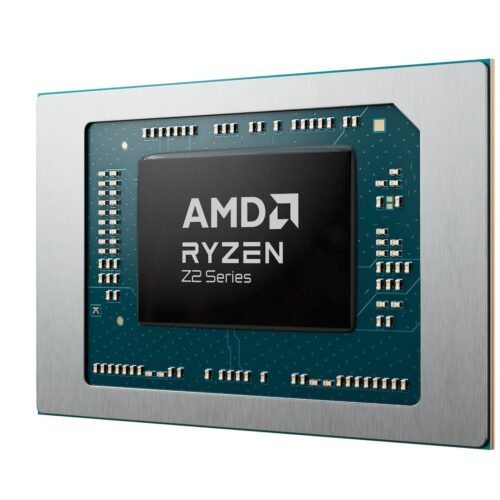

© AMD
Nvidia is widely expected to announce specs, pricing, and availability information for the first few cards in the new RTX 50 series at its CES keynote later today. AMD isn't ready to get as specific about its next-generation graphics lineup yet, but the company shared a few morsels today about its next-generation RDNA 4 graphics architecture and its 9000-series graphics cards.
AMD mentioned that RDNA 4 cards were on track to launch in early 2025 during a recent earnings call, acknowledging that shipments of current-generation RX 7000-series cards were already slowing down. CEO Lisa Su said then that the architecture would include "significantly higher ray-tracing performance" as well as "new AI capabilities."
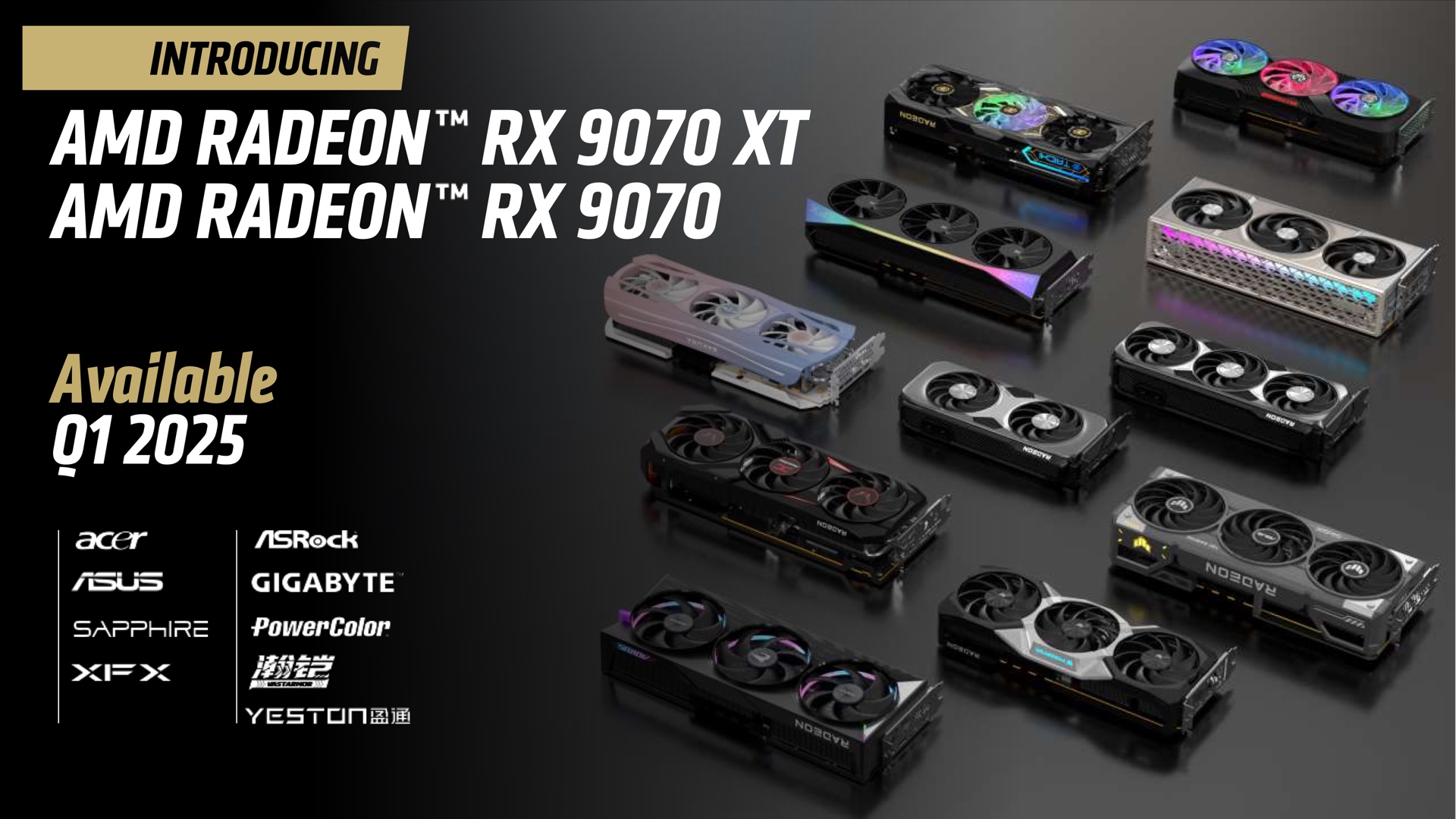 AMD's RDNA 4 launch will begin with the 9070 XT and 9070, which are both being positioned as upper-midrange GPUs like the RTX 4070 series.
Credit:
AMD
AMD's RDNA 4 launch will begin with the 9070 XT and 9070, which are both being positioned as upper-midrange GPUs like the RTX 4070 series.
Credit:
AMD
The preview the company is providing today provides few details beyond those surface-level proclamations. The compute units will be "optimized," AI compute will be "supercharged," ray-tracing will be "improved," and media encoding quality will be "better," but AMD isn't providing hard numbers for anything at this point. The RDNA 4 launch will begin with the Radeon RX 9070 XT and 9070 at some point in Q1 of 2025, and AMD will provide more information "later in the quarter."
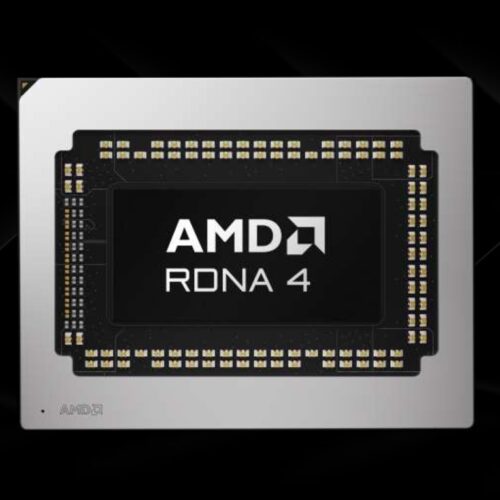
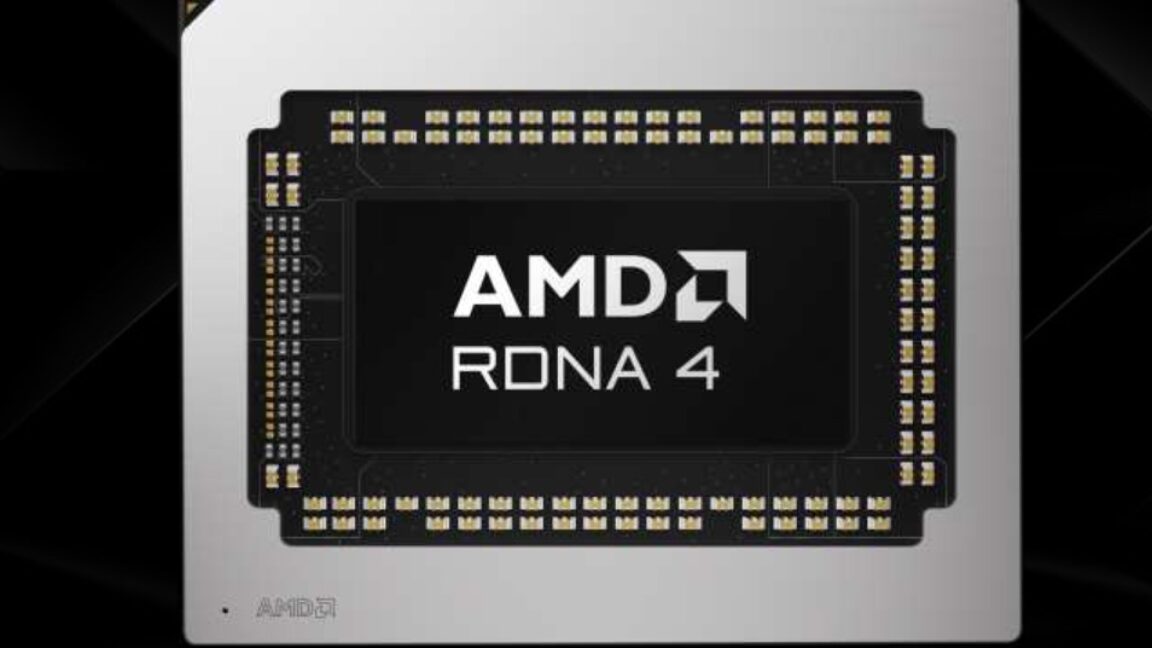
© AMD
Intel's Core Ultra 200 series is currently bifurcated between two architectures: Lunar Lake, which powers the Core Ultra 200V series of laptop chips; and Arrow Lake, which is included in the Core Ultra 200S desktop processors. Arrow Lake processors can include many more CPU cores, but only Lunar Lake uses Intel's latest GPU architecture and a neural processing unit (NPU) fast enough for Microsoft's Copilot+ functionality.
Intel is rounding out the rest of the Core Ultra 200 family today at CES, and the most important thing to know is that it's Arrow Lake, and not Lunar Lake, that is powering all of these new processors (though with a major caveat for 200U series chips, more on that in a bit).
This means that none of them are fast enough to earn the Copilot+ label or use upcoming features like Windows Recall, and none of them will have integrated graphics that are as good as the Core Ultra 200V. But it will make them a better fit for gaming laptops and other kinds of systems that prioritize CPU performance or include an external graphics card, as well as less-expensive ultraportable laptops.
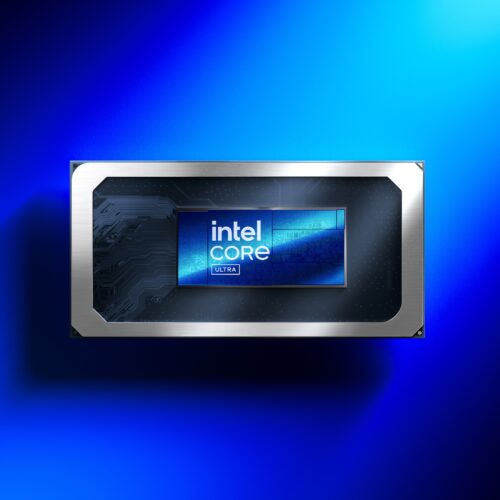
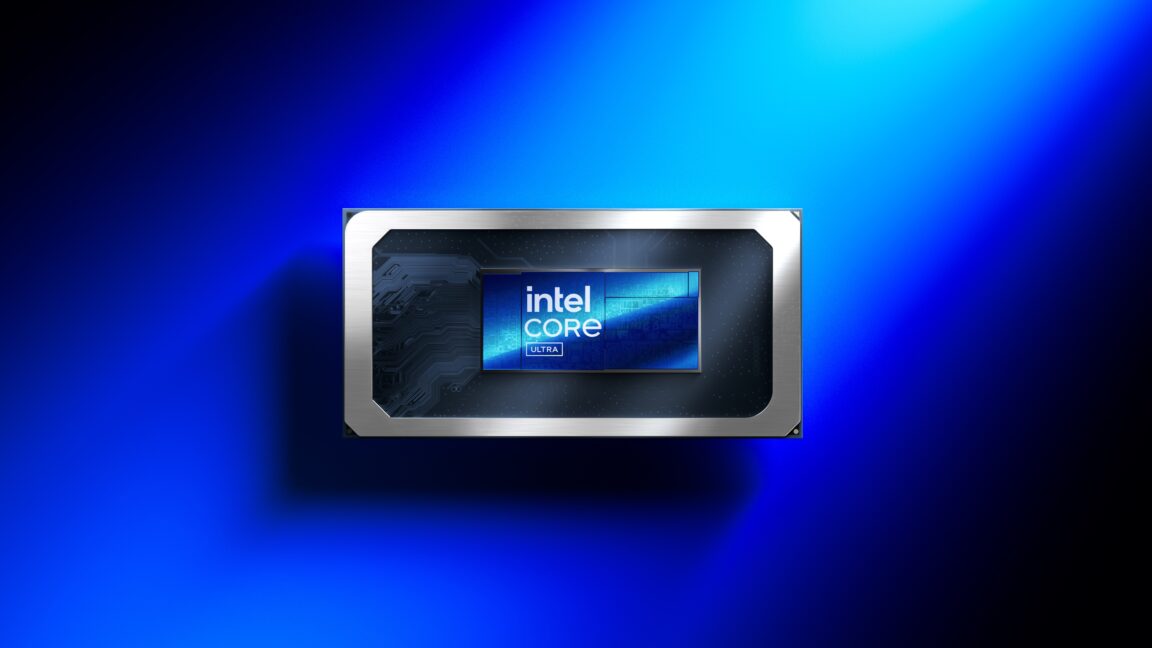
© Intel
Last January at CES, Microsoft Chief Marketing Officer Yusuf Mehdi declared 2024 the "year of the AI PC." And whether you believe that prediction came true or not—many new PCs come with AI-accelerating neural processing units (NPUs) onboard, but far from all of them—you can't deny that Microsoft did try very hard to make it happen.
This year, Mehdi is back with another prediction: 2025 will be "the year of the Windows 11 PC refresh." This year is also, not coincidentally, the year that most Windows 10 PCs will stop receiving new security updates.
Mehdi's post includes few, if any, new announcements, but it does set the tone for how Microsoft is handling the sunsetting of Windows 10, attempting to strike a balance between carrot and stick. The carrots include Windows 11's new features (both AI and otherwise) and the performance, security, and battery life benefits inherent to brand-new PC hardware. The stick is that Windows 10 support ends in October 2025, and Microsoft is not interested in extending that date for the general public or in expanding official Windows 11 support to older PCs.
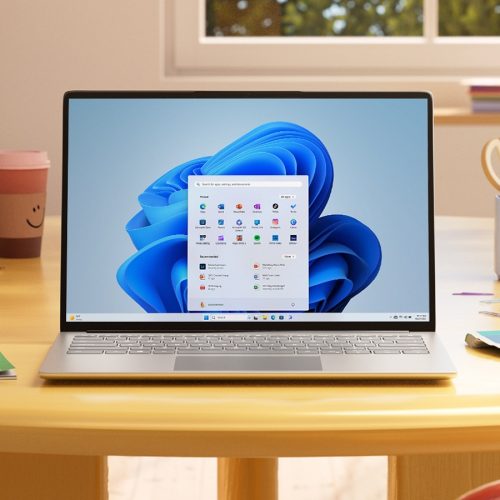
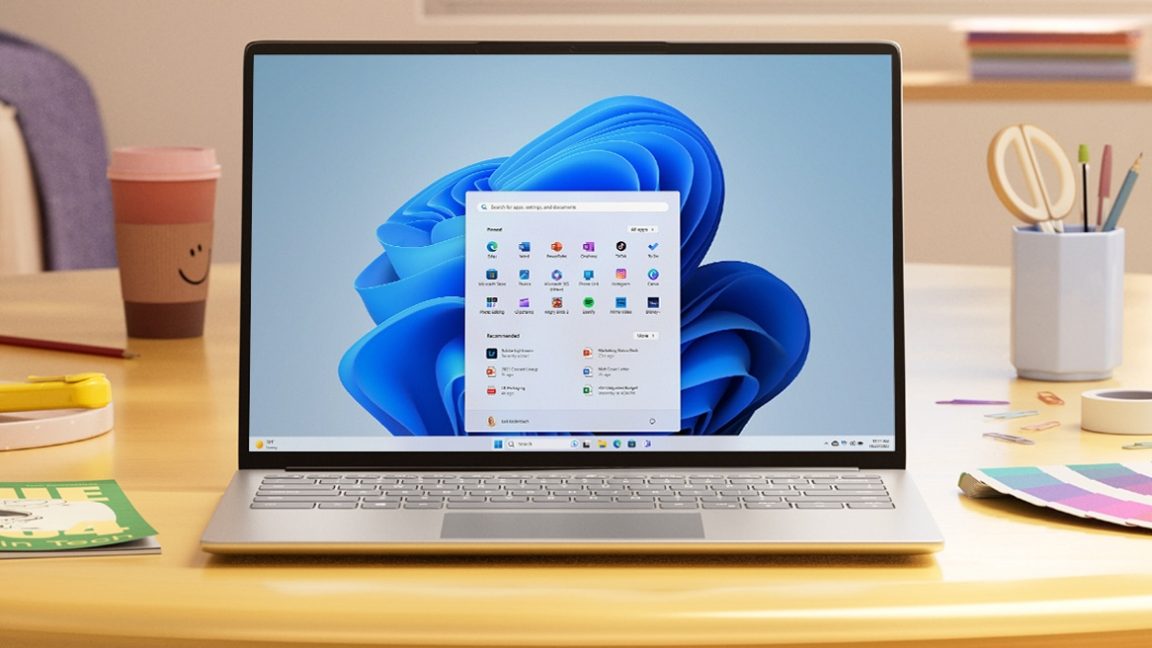
© Microsoft
Nvidia is reportedly gearing up to launch the first few cards in its RTX 50-series at CES next week, including an RTX 5090, RTX 5080, RTX 5070 Ti, and RTX 5070. The 5090 will be of particular interest to performance-obsessed, money-is-no-object PC gaming fanatics since it's the first new GPU in over two years that can beat the performance of 2022's RTX 4090.
But boosted performance and slower advancements in chip manufacturing technology mean that the 5090's maximum power draw will far outstrip the 4090's, according to leakers. VideoCardz reports that the 5090's thermal design power (TDP) will be set at 575 W, up from 450 W for the already power-hungry RTX 4090. The RTX 5080's TDP is also increasing to 360 W, up from 320 W for the RTX 4080 Super.
That also puts the RTX 5090 close to the maximum power draw available over a single 12VHPWR connector, which is capable of delivering up to 600 W of power (though once you include the 75 W available via the PCI Express slot on your motherboard, the actual maximum possible power draw for a GPU with a single 12VHPWR connector is a slightly higher 675 W).
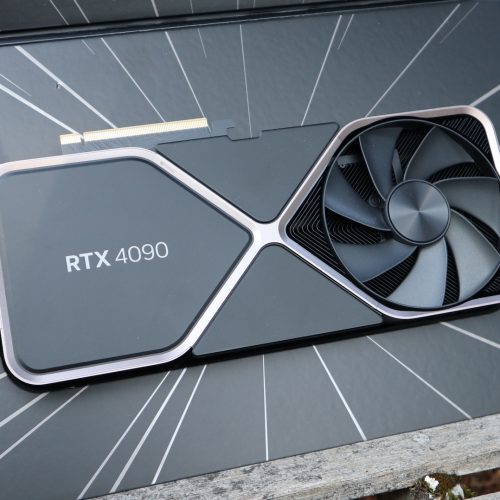
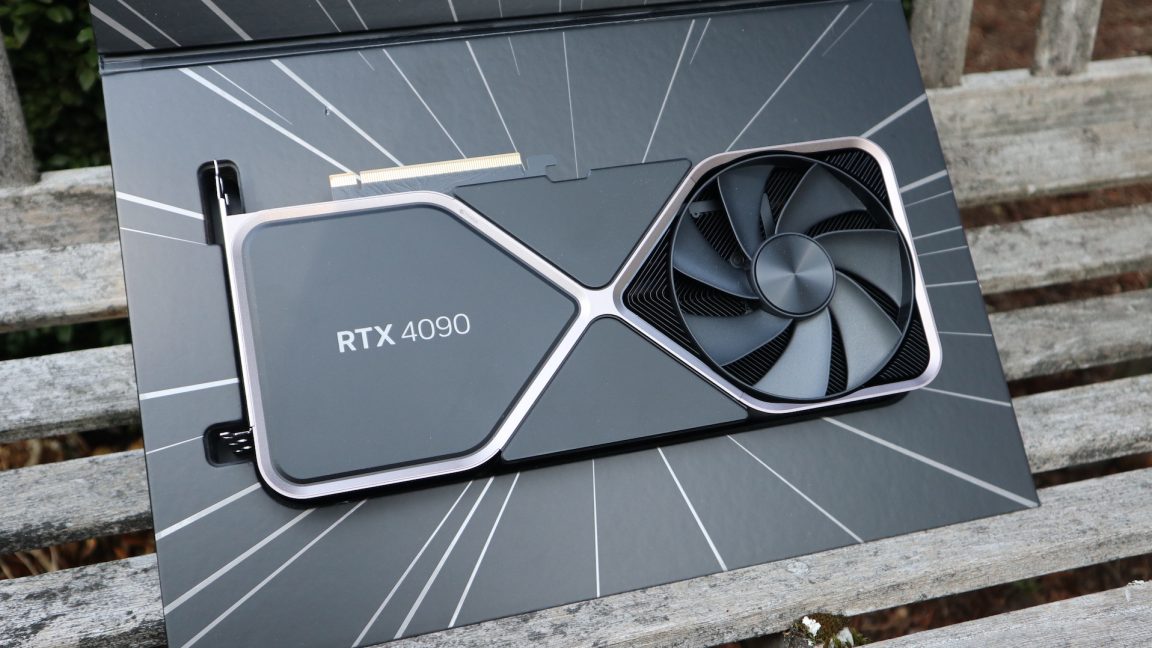
© Sam Machkovech
It's January, and for people in the US, that means the same thing it's meant every January since 2019: a new batch of previously copyrighted works have entered the public domain. People can publish, modify, and adapt these works and their characters without needing to clear rights or pay royalties.
This year's introductions cover books, plays, movies, art, and musical compositions from 1929, plus sound recordings from 1924. Most works released from 1923 onward are protected for 95 years after their release under the terms of 1998's Sonny Bono Copyright Term Extension Act. This law prevented new works from entering the public domain for two decades.
As it does every year, the Duke University Center for the Study of the Public Domain has a rundown of the most significant works entering the public domain this year.


© Disney
I'd describe myself as a skeptic of the generative AI revolution—I think the technology as it currently exists is situationally impressive and useful for specific kinds of tasks, but broadly oversold. I'm not sure it will vanish from relevance to quite the extent that other tech fads like the metaverse or NFTs did, but my suspicion is that companies like Nvidia and OpenAI are riding a bubble that will pop or deflate over time as more companies and individuals run up against the technology's limitations, and as it fails to advance as quickly or as impressively as its most ardent boosters are predicting.
Maybe you agree with me and maybe you don't! I'm not necessarily trying to convince you one way or the other. But I am here to say that even if you agree with me, we can all celebrate the one unambiguously positive thing that the generative AI hype cycle has done for computers this year: the RAM floor for many PCs and all Macs is now finally 16GB instead of 8GB.
Companies like Apple and Microsoft have, for years, created attractive, high-powered hardware with 8GB of memory in it, most egregiously in $1,000-and-up putative "pro" computers like last year's $1,599 M3 MacBook Pro or the Surface Pro 9.
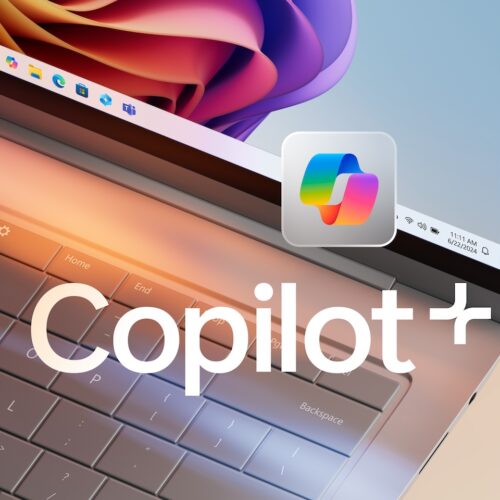

© Microsoft
Intel's Core Ultra 200S desktop processors—the company's biggest overhaul of its desktop platform since 2021—consume less power and run a lot cooler than the company's 13th- and 14th-generation Core CPUs. However, early reviewers found that the processors sometimes struggled to match, let alone beat, those older desktop CPUs in some tasks. This was particularly true for games, and people who build their own gaming PCs are a key constituency for these kinds of brand-new high-end chips.
Intel quickly blamed optimization issues for some of the problems, promising performance fixes sometime later in November or December, and the company has outlined the first batch of fixes in a lengthy support document. Of the five identified problems, Intel says it has fixed four; users can get those updates by installing Windows 11 24H2 build 26100.2161 or higher, updating their motherboard's BIOS to the latest version. Non-performance-related blue screens related to Epic's Easy Anti-Cheat software have also been resolved, and users should update to the latest version if they're still having issues.
The performance problems resolved via the Windows update are both related to a missing power plan specific to the Core Ultra processors—Intel didn't have those power plans ready for reviewers, who did all their testing using the generic power profiles provided with Windows. Intel said that this by itself could reduce performance by between 6 and 30 percent, depending on the software.
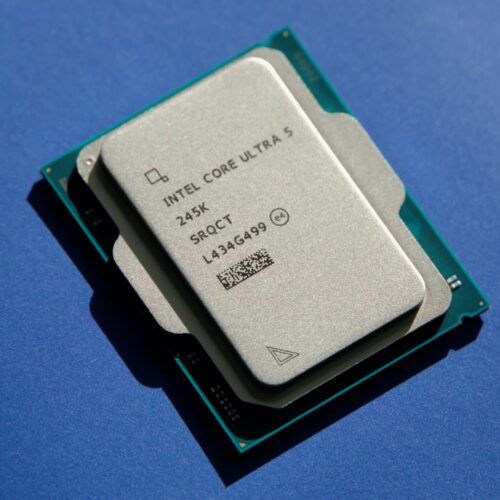
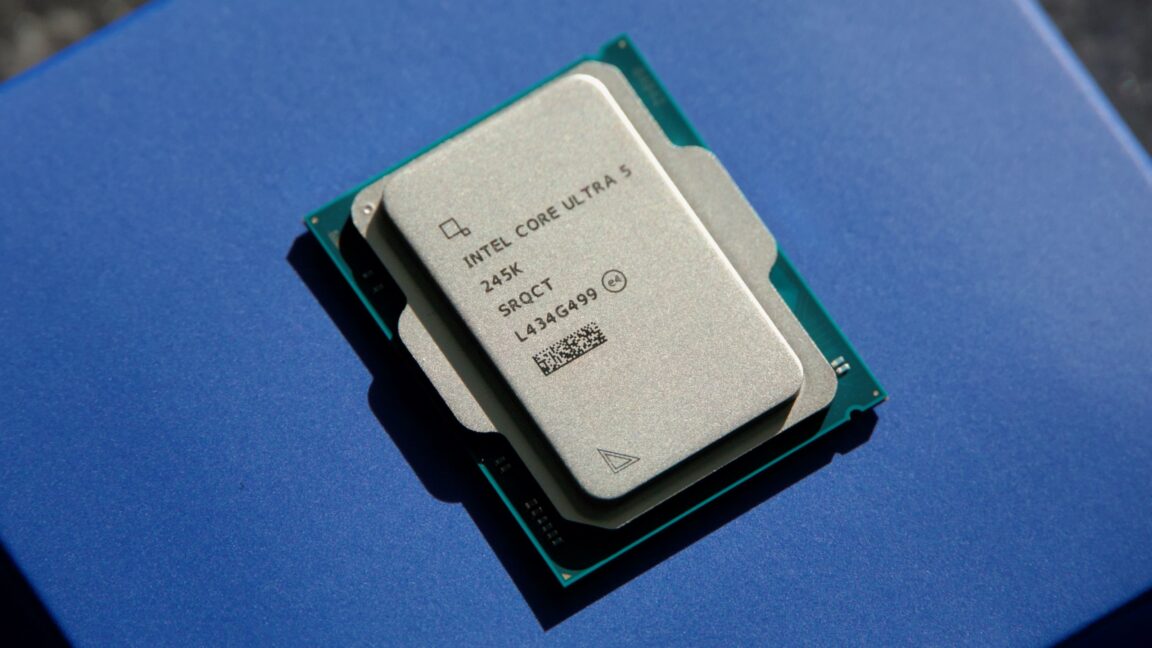
© Andrew Cunningham
Arm and Qualcomm's dispute over Qualcomm's Snapdragon X Elite chips is continuing in court this week, with executives from each company taking the stand and attempting to downplay the accusations from the other side.
If you haven't been following along, the crux of the issue is Qualcomm's purchase of a chip design firm called Nuvia in 2021. Nuvia was originally founded by ex-Apple chip designers to create high-performance Arm chips for servers, but Qualcomm took an interest in Nuvia's work and acquired the company to help it create high-end Snapdragon processors for consumer PCs instead. Arm claims that this was a violation of its licensing agreements with Nuvia and is seeking to have all chips based on Nuvia technology destroyed.
According to Reuters, Arm CEO Rene Haas testified this week that the Nuvia acquisition is depriving Arm of about $50 million a year, on top of the roughly $300 million a year in fees that Qualcomm already pays Arm to use its instruction set and some elements of its chip designs. This is because Qualcomm pays Arm lower royalty rates than Nuvia had agreed to pay when it was still an independent company.
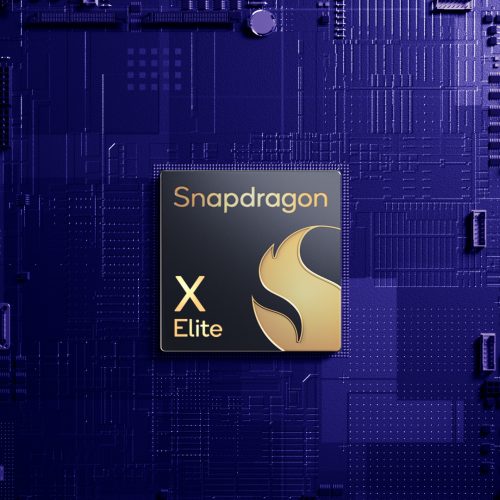
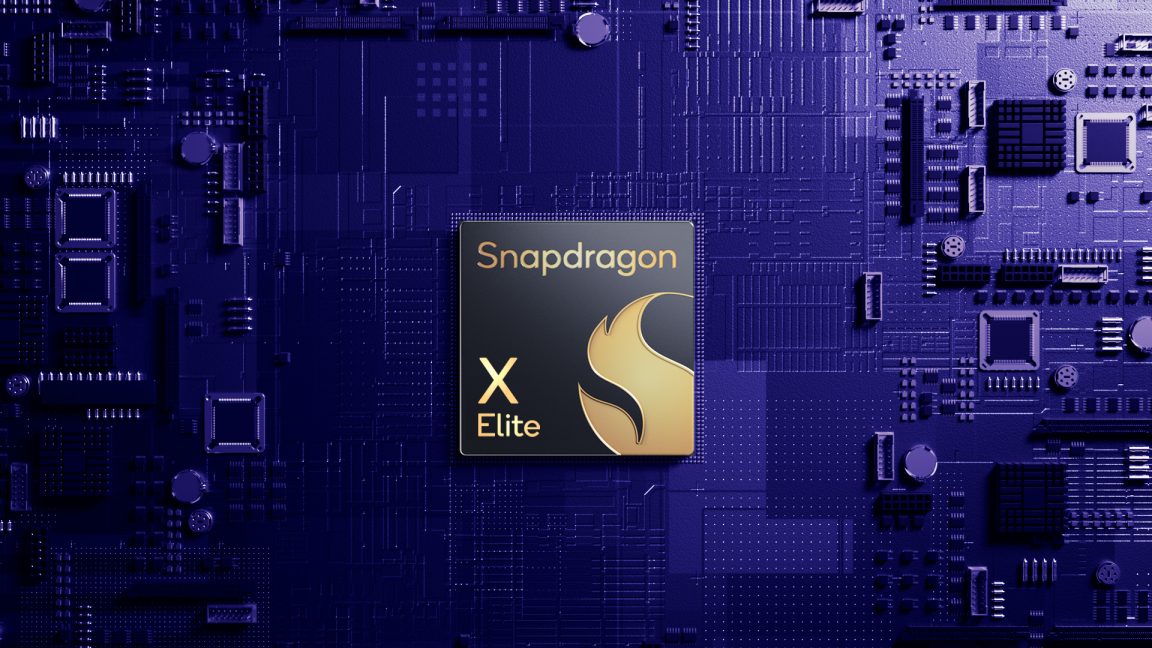
© Qualcomm
Rumors have suggested that Nvidia will be taking the wraps off of some next-generation RTX 50-series graphics cards at CES in January. And as we get closer to that date, Nvidia's partners and some of the PC makers have begun to inadvertently leak details of the cards.
According to recent leaks from both Zotac and Acer, it looks like Nvidia is planning to announce four new GPUs next month, all at the high end of its lineup: The RTX 5090, RTX 5080, RTX 5070 Ti, and RTX 5070 were all briefly listed on Zotac's website, as spotted by VideoCardz. There's also an RTX 5090D variant for the Chinese market, which will presumably have its specs tweaked to conform with current US export restrictions on high-performance GPUs.
Though the website leak didn't confirm many specs, it did list the RTX 5090 as including 32GB of GDDR7, an upgrade from the 4090's 24GB of GDDR6X. An Acer spec sheet for new Predator Orion desktops also lists 32GB of GDDR7 for the 4090, as well as 16GB of GDDR7 for the RTX 5080. This is the same amount of RAM included with the RTX 4080 and 4080 Super.
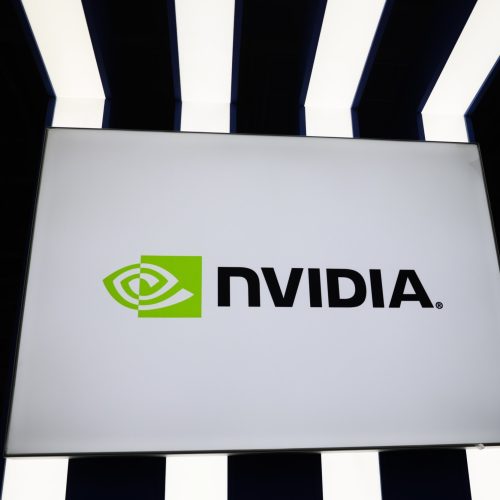
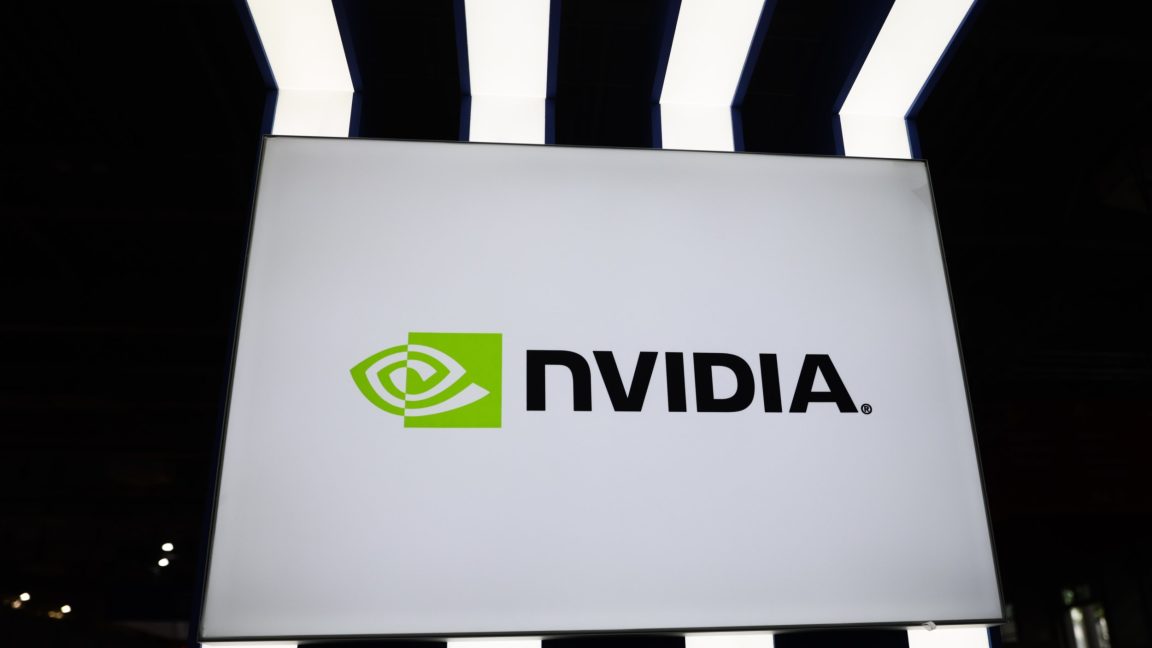
© Getty Images | NurPhoto
Intel doesn't have a ton to show for its dedicated GPU efforts yet.
After much anticipation, many delays, and an anticipatory apology tour for its software quality, Intel launched its first Arc GPUs at the end of 2022. There were things to like about the A770 and A750, but buggy drivers, poor performance in older games, and relatively high power use made them difficult to recommend. They were more notable as curiosities than as consumer graphics cards.
The result, after more than two years on the market, is that Arc GPUs remain a statistical nonentity in the GPU market, according to analysts and the Steam Hardware Survey. But it was always going to take time—and probably a couple of hardware generations—for Intel to make meaningful headway against entrenched competitors.

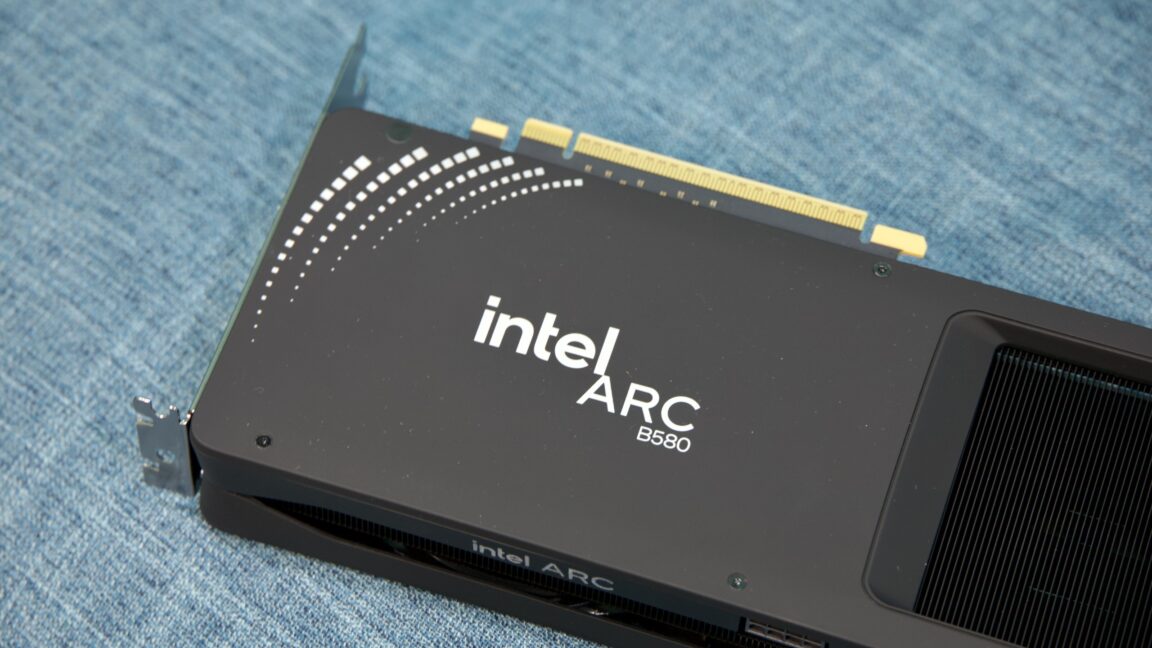
© Andrew Cunningham
The macOS 15.2 update that was released earlier today came with a handful of new features, plus something unexpected: an apparently accidental reference to the upcoming M4 MacBook Airs. MacRumors reports that the "Mac16,12" and "Mac16,13" model identifiers reference 13- and 15-inch models of the M4 Air and that both are coming in 2025.
That a MacBook Air refresh is planned for next year isn't much of a surprise at this point—in reporting that pretty much nailed the details of the first M4 Macs, Bloomberg's Mark Gurman has said that the Air, the Mac Studio, and the Mac Pro are all slated for updates throughout 2025.
But a reference in the current release of macOS could point to a launch sooner rather than later; the M4 Mac mini was referenced in a macOS update in mid-September around a month and a half before it was released. The M3 Airs came out in March this year, but Apple has been known to put out new Macs as early as January in recent years.
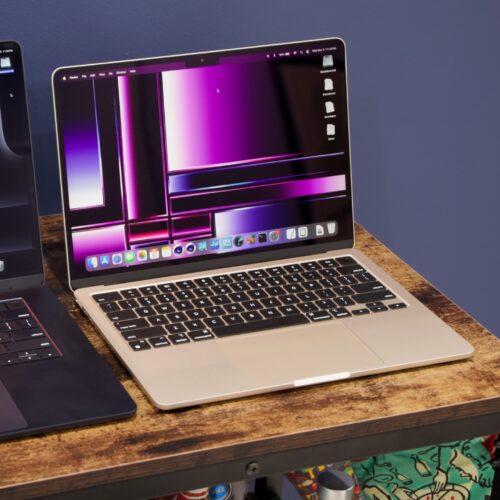
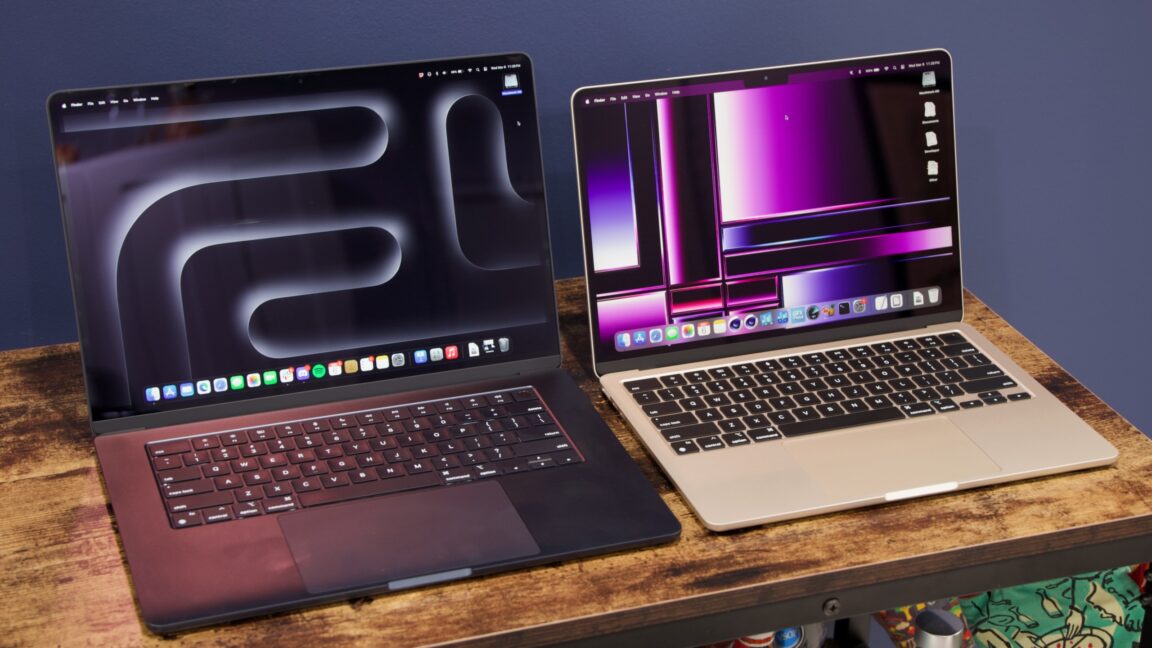
© Andrew Cunningham
Apple has announced that it will be releasing the iOS 18.2, iPadOS 18.2, and macOS Sequoia 15.2 updates to the public later this afternoon, following weeks of beta testing for developers and users. As with iOS 18.1, the headlining features are new additions to Apple Intelligence, mainly the image-generation capabilities: Image Playground for general images, and "Genmoji" for making custom images in the style of Apple's built-in Unicode-based emoji characters.
Other AI features include "Image Wand," which will take sketched images from the Notes app and turn them into a "polished image" using context clues from other notes; and ChatGPT integration for the Writing Tools feature.
The updates also include a long list of bug fixes and security updates, for those who don't care about Apple Intelligence. Safari gets better data importing and exporting support, an HTTPS Priority feature that "upgrades URLs to HTTPS whenever possible," and a download status indicator for iPhones with a Dynamic Island. Mail in iOS offers to automatically sort messages to bring important ones to the top of your inbox. There are also various tweaks and improvements for the Photos, Podcasts, Voice Memos, and Stocks apps, while the Weather app in macOS can optionally display the weather in your menu bar.


© Apple
One of the selling points of the Raspberry Pi 5 (released in October 2023) is that it was fast enough and had enough memory to be a credible general-purpose desktop PC, if not an especially fast one. For Pi-as-desktop enthusiasts, the company has a couple of new pre-holiday announcements. The biggest is the Raspberry Pi 500, which fits the components of an 8GB Pi 5 into a small keyboard-shaped case for $90.
It's a follow-up to the original Raspberry Pi 400, and like that system, it takes the components from the regular Pi 5 board and puts them on a different PCB with all of the ports positioned in a single row across the back of the device. It includes one USB 2.0 port, two USB 3.0 ports, a microSD slot, two micro HDMI ports, the 40-pin GPIO header, and a gigabit Ethernet port.
In addition to the standalone $90 system, the Pi 500 will also be sold as part of a Desktop Kit with a mouse, power supply, HDMI cable, and printed Beginner's Guide booklet for $120.


© Raspberry Pi
Microsoft has formally discontinued its Surface Studio all-in-one desktop, the company confirmed to Windows Central, a $4,300 touchscreen PC that the company updated with new components twice in the space of eight years. Windows Central reports that there are currently no plans for a follow-up to the Surface Studio and that a Surface Studio 3 may have been among the casualties of cutbacks to Microsoft's Surface lineup.
Like the Surface Laptop Studio, the desktop's claim to fame was a unique hinge design for its screen, which could reposition it to make it easier to draw on with the Surface Pen. But the desktop's high cost and its perennially outdated internal components made it a less appealing machine than it could have been.
The first version of the Surface Studio desktop debuted in late 2016. As the company's first desktop PC, it used the same basic design as the current version and was praised for its high-quality screen and unique hinge. But the first Surface Studio of the machine had some of the same issues that the desktop would always have: a high starting price and relatively outdated and underpowered components compared to other desktop systems.
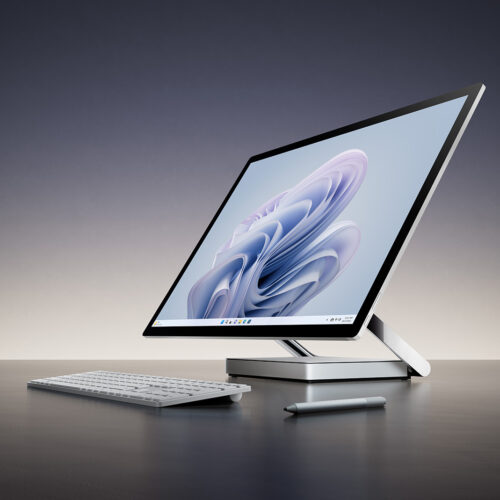
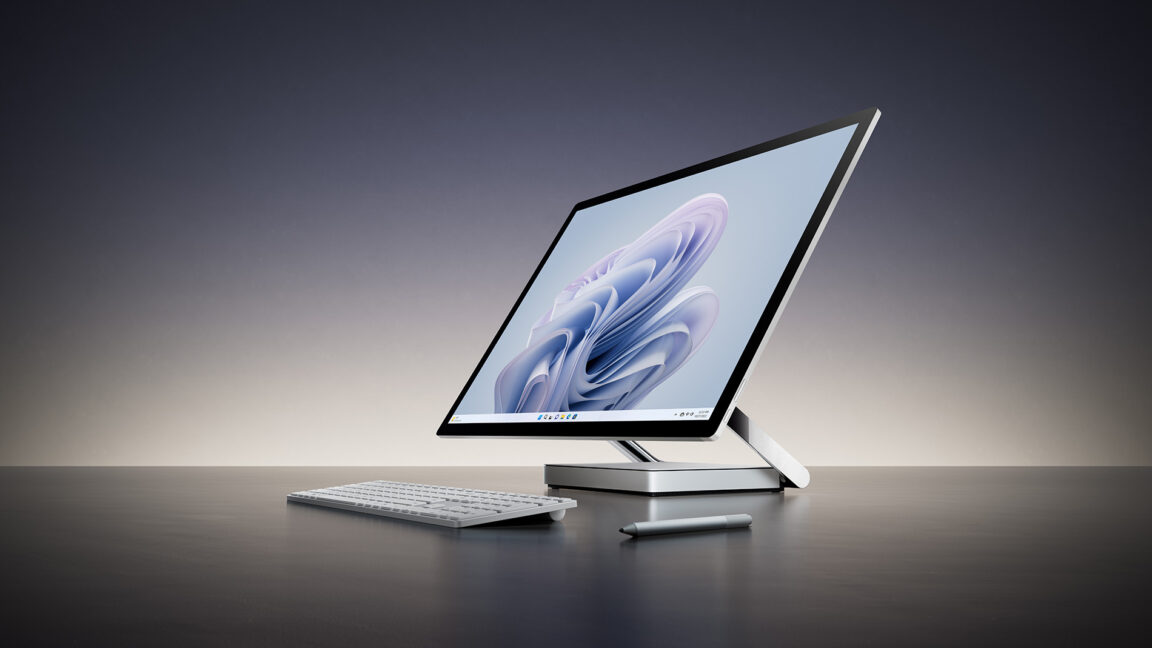
© Microsoft
Over the last few years, Apple has steadily been building password manager-style features into macOS and iOS, including automatic password generation, password breach detection, and more. Starting with this year's updates—iOS 18 and macOS 15 Sequoia—Apple broke all that functionality out into its own Passwords app, making it all even more visible as a competitor to traditional password managers like 1Password and Bitwarden.
One area where Apple has lagged behind its platform-agnostic competitors is in browser support. Users could easily autofill passwords in Safari on macOS, and Apple did support a basic extension for the Windows versions of Google Chrome and Microsoft Edge via iCloud for Windows. But the company only added a Chrome extension for macOS users in the summer of 2023, and it has never supported non-Chromium browsers at all.
That has finally changed, at least for Firefox users running macOS—Apple has an officially supported Passwords extension for Firefox that supports syncing and autofilling passwords in macOS Sonoma and macOS Sequoia. Currently, the extension doesn't support older versions of macOS or any versions of Firefox for Windows or Linux. When you install the extension in Firefox on a Mac that's already synced with your iCloud account, all you should need to do to sign in is input a six-digit code that macOS automatically generates for you. As with the Chromium extension, there's no need to re-sign in to your iCloud account separately.


© Apple
For most people, Windows 10 security updates are slated to stop on October 14, 2025, just over 10 months from today. That could end up being a serious security problem, given that Windows 10 is still the version used by a large majority of the world's PCs.
Users will be able to buy a one-year reprieve for $30, and businesses and other organizations will have the option to pay for two more years after that. But the easiest and cheapest way out of the problem—an upgrade to Windows 11, which is still free for Windows 10 PCs that can run it—still remains out of reach for many active PCs because of Windows 11's more stringent system requirements.
Microsoft has reiterated this week that it has no plans to loosen those requirements to boost Windows 11's adoption numbers, focusing particularly on the need for a TPM 2.0 device. Short for Trusted Platform Module, a TPM stores encryption keys and performs other cryptographic functions, and Windows uses it to seamlessly decrypt your PC's disk at boot, among other things. A TPM 2.0 module is a "non-negotiable" requirement for boosting Windows 11's security baseline, says Microsoft, and that apparently won't be changing.
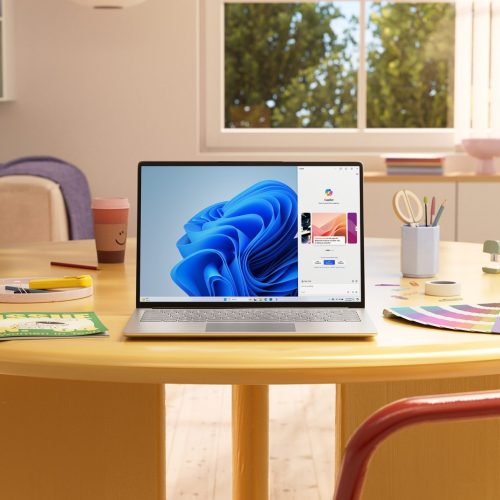
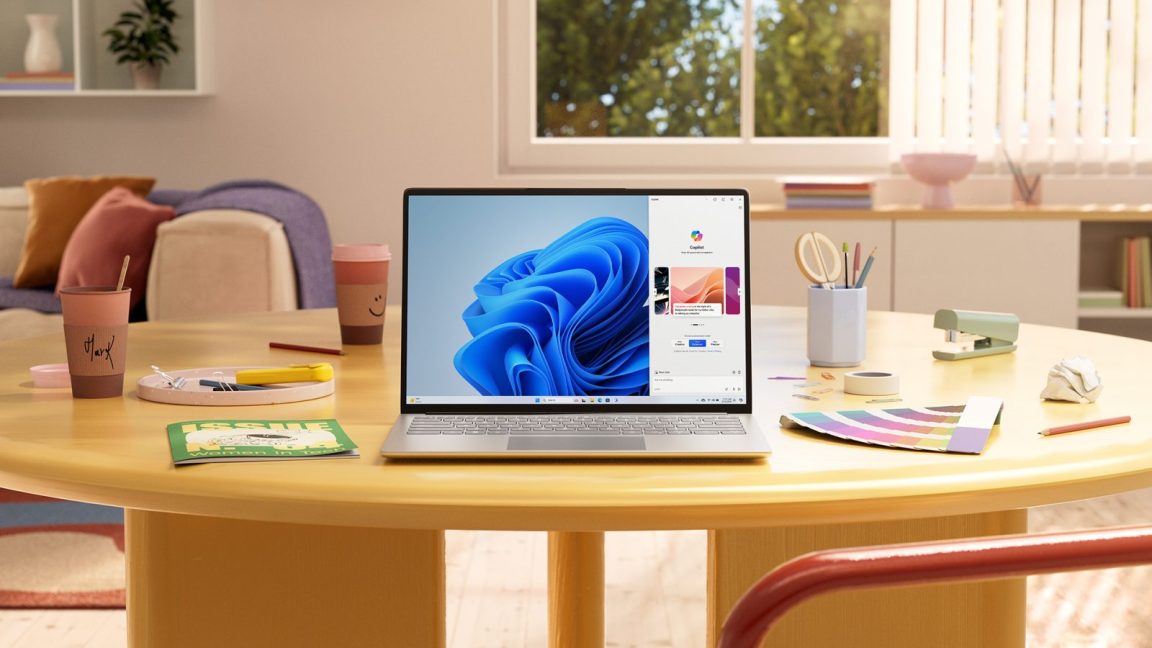
© Microsoft